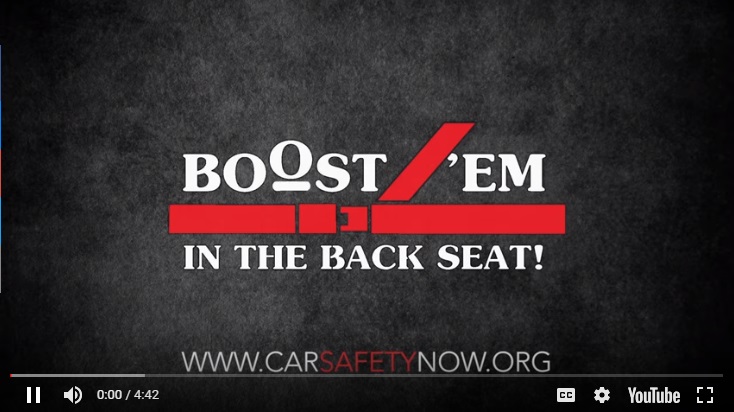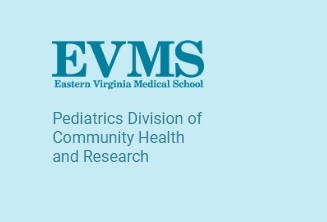The booster seat lobby’s message to parents is a cocktail of misinformation and ”high-threat messages… to promote high efficacy as well as fear.”

Boost ’em in the Back Seat – http://www.boosterseats4safety.org/videos/ – is a 6-minute video based on the new ‘‘threat appeal’’ approach.
‘‘Reality Check’’ deconstructs the misinformation in the video.
The video is a small slice of life to break your heart. In it, a mother and her nine-year old son have a frontal collision with another vehicle on the way to soccer practice.
The is son is admitted, unconscious, to the hospital –

Serious neck injuries are practically non-existent statistically.
The 2013 study at the University of Alabama at Birmingham School of Public Health see Table 4 (notes) reported: ‘‘Results of neck injury (AIS 2+) were not presented because no neck (AIS 2+) injuries were observed.’’

Head injuries receive no mention in this booster seat promotional video.
It’s no surprise: a child in a booster seat is at 157 per cent greater risk of serious head injury than when using seat belts alone, according to recent analysis of U.S. collision data at the University of Alabama at Birmingham School of Public Health.
Head injuries are the most common and devastating collision injuries among children, accounting for approximately one third of serious (AIS 2+) injuries according to the National Highway Traffic Safety Administration (Children Injured in Motor Vehicle Crashes 2009; NHTSA DOT HS 811 325).
The video’s emphasis on the false notion of serious neck injury risk serves two purposes: it diverts viewers’ attention from the real increase in serious head injury risk with use of booster seats; it creates an undeserved aura of safety around the booster seat with the appealing logic that elevating the child will enhance the fit of the shoulder belt to reduce neck injuries.
A short animation follows, comparing the behaviour of a child in a high back booster seat in a frontal collision with a child restrained by lap and shoulder belts alone:

This is a diabolical misrepresentation of what actually happens.
In the simulation, the seat belt mechanism of the child without the booster seat has inexplicably failed.
In a real life collision a child in a high back booster seat would end up closer to forward and lateral impact surfaces because the booster seat raises and advances her to begin with.
‘‘An unrestrained child even at 30 miles an hour will experience the same force as if they fell out of a third story window…’’
Yes, but what does that have to do with booster seats?
The purpose of this segment is to imply a causal relationship – between booster seats and collision forces, and child safety – where none exists.
Whether a child falls from a third story window or is in a 30 mph collision, she is no safer in a booster seat because…

A booster seat (A) does not restrain the child (B) does not shield her against collision forces in the lap seat belt and (C) extends the seat belts to increase her risk of collision with forward and lateral impact surfaces.
Most visitors to this site would associate positively with its liberal use of visual references to the Eastern Virginia Medical School.


Viewers who read more closely might be less favorably impressed to learn the role of the school was to host a study of behaviour modification, more in the realm of social psychology than medicine, on ‘‘the use of high-threat messages… designed to promote high efficacy as well as fear,’’ techniques more commonly associated with wartime propaganda than with child safety.
It is all the more disturbing that such techniques should be used to impress deliberately erroneous and misleading information on parents regarding the safety of their children with the imprimatur of a medical school.
The larger societal impact of the broad distribution of such fraudulent information is to mystify the science of child collision trauma and discourage the development of legitimate means of ensuring children’s safety.
It is white collar crime of the most heinous kind, with corporate interests profiting at a cost of the loss and devastation of children’s lives.
